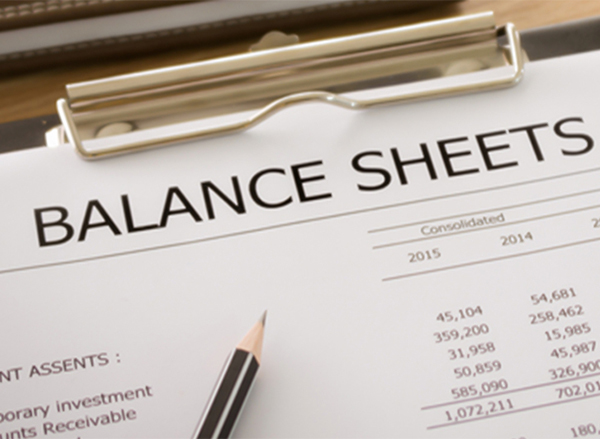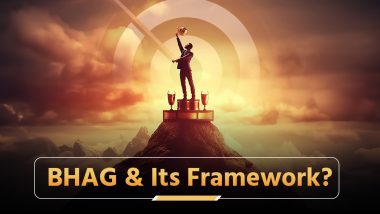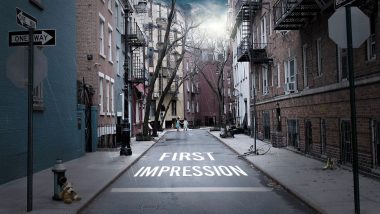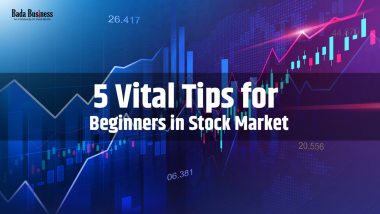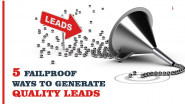Understanding the Balance Sheet to maintain Financial Stability
Is your business in a position to expand?
Can your business handle financial setbacks? Or should your business take immediate steps to increase cash reserves?
As a business owner, you probably are aware & keeping track of what your business earns and owes to others.
However, if you don’t organize these key pieces of financial data in your business balance sheet, you may be setting your business up for failure.
Fortunately, it’s not too difficult to understand the balance sheet, if you’re willing to learn a few key concepts. So let’s dive in!
What is a Balance Sheet?
Balance Sheet = Financial Position of Your Business
Balance sheet is a financial statement of a company which includes the assets, liabilities and equity capital of the company, at a particular point of time.
Balance sheet communicates the “book value” of a business.
Book Value of your business = Assets – (Liabilities + Owner’s Equity)
Business balance sheet provides you with a summary of your company finance at a given point of time i.e. how a business is currently performing, how it performed in the past, and how it expects to perform in the immediate future.
Understanding the Balance Sheet: How to read a Balance Sheet?
Business balance sheet includes 3 sections:
- Assets
- Liabilities
- Owner’s Equity
Assets:
Asset means any tangible or intangible resource owned by a company like machinery, furniture, land, etc.
Assets include:
- Short-term Assets = that you expect to sell or convert into cash, within 1 year.
- Cash
- Marketable securities – traded investments easily convertible to cash
- Trade accounts receivable (Debtors + Bills receivable)
- Prepaid insurance
- Inventory
- Long-term Assets = assets that will not get converted into cash in 1 year, and provide long-term value to your business.
- Fixed Assets: machinery, equipment, furniture, buildings, land, etc.
- Investments: similar to fixed assets; long-term investments, not to be sold within 1 year
- Intangible assets: franchise rights, patents, copyrights, trademarks, goodwill, etc.
Liabilities:
Liabilities means the money that your business owes to others, which could be in the form of loans, wages, taxes, or debts.
- Short-term liabilities = current liabilities, to be paid within 1 year.
- Trade accounts payable (Creditors + bills payable)
- Accrued expenses
- Taxes payable
- Short-term debts
- Current portion of long-term debts
- Long-term liabilities = liabilities not to be paid within 1 year.
- Long-term loans
- Capital leases
- Other long-term debts
Owner’s Equity:
The final section of the business balance sheet is owner’s equity (or shareholder’s equity).
Owner’s equity = Total Assets – Total Liabilities
In other words, owner’s equity is what you own after you subtract (reduce) what you owe from your total assets.
- Capital invested by the owner
- Retained earnings
5 Simple Steps to Prepare a Balance Sheet:
Step 1: Gather the required information from your books of accounts
Gather all the information (discussed above) needed to prepare your business balance sheet. Any source with updated account balances can be used, however, the most appropriate tool for collecting information is your business’ Trial Balance.
Step 2: Report all Assets
- Report all the assets in the right side of the business balance sheet. Report all short-term assets separately from long-term assets.
- Short-term & long-term assets should be subtotalled, then totalled together.
Step 3: Report all liabilities
- After reporting all the assets in the business balance sheet, next step is recording liabilities of your business. Start by recording short-term liabilities, followed by non-current liabilities.
- Short-term & long-term liabilities should be subtotalled, then totalled together.
Step 4: Calculate Owner’s Equity
Owner’s Equity = Assets - Liabilities
Compare the assets and liabilities of your business to calculate the owner’s equity.
Step 5: Add Total Liabilities to Total Owner’s Equity and Compare to Assets
It is necessary to compare total assets against total liabilities plus equity, in order to ensure you’re your balance sheet is balanced.
Here’s an example of a finished Balance Sheet: Balance Sheet Format
Balance sheet in the books of _________ year ending 2020
| Liabilities | Amount (Rs) | Assets | Amount (Rs) |
| Capital | XX | Fixed assets | XX |
| Loan Taken | XX | Current assets | XX |
| Current liabilities | XX | Cash/Bank | XX |
| Outstanding expenses | XX | Accounts receivable | XX |
| Bank overdraft | XX | Bills receivable | XX |
| Accounts payable | XX | Inventories (Stock) | XX |
| XYZ | XYZ |
Balance sheet is one of the most critical and important financial statement of your business, offering a quick summary of the financial health of your business.
Learning how to prepare a balance sheet for business can help you understand the financial implications of business decisions leading to better decision-making and running of your business.
